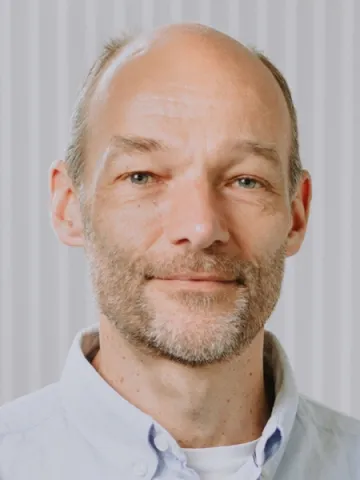About the project
New femtosecond fibre laser-based ultrafast pulse sources and novel hollow-core optical fibres have the potential to produce brighter and shorter-wavelength X-ray pulses. This project will investigate theoretically and numerically how these new sources can be developed and optimised, in parallel with the experimental work in our labs.
You will work on the development of a new femtosecond laser-based source of X-ray pulses approaching the attosecond regime (less than a millionth of a billionth of a second long). Generation of such femtosecond and attosecond X-ray pulses using intense laser pulses has transformed ultrafast science, as recognised by the 2023 Nobel Prize in Physics.
The ability to produce coherent ultrafast X-ray pulses has applications in many areas, from the investigation of ultrafast molecular dynamics to biomedical imaging.
You will investigate all effects that contribute to X-ray emission by high-harmonic generation, including propagation of ultrashort intense laser pulses through a dilute gas, ionisation of the gas by these pulses, the interaction of the resulting plasma with the laser, and the subsequent X-ray emission by atomic recombination.
You will exploit computer simulations to develop sources for X-ray microscopy which will be realised in our labs at the University of Southampton and at the Rosalind Franklin Institute at the Rutherford Appleton Laboratories, near Oxford.
You will be developing the comprehensive computer model used within our group as the basis for this project. The code is written in C++ and Python and runs on the Southampton supercomputer cluster Iridis.
The project is therefore best suited for a student with a strong interest in programming and high-performance computing as well as a background in physics, nonlinear optics and/or lasers. You will benefit from the world-leading expertise in these fields by your collaborators and work in a supportive group of like-minded researchers, leading you to a PhD in an exciting new area of physics and technology.
The Optoelectronics Research Centre is committed to promoting equality, diversity, and inclusivity, as demonstrated by the school’s Athena Swan award. We welcome all applicants regardless of their gender, ethnicity, disability, sexual orientation or age. We take personal circumstances into account, and will give full consideration to applicants seeking to study part time. The campus has onsite childcare facilities.

